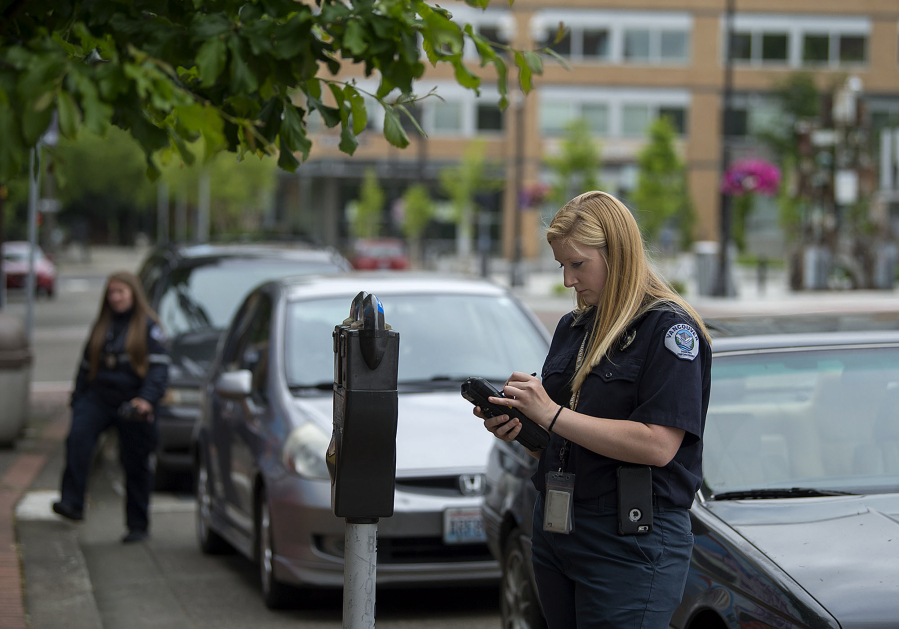Should the city of Vancouver finance parking garages? As downtown businesses grow and flourish, the decades-old question has been posed once again.
“We’re not waiting around for that question to be answered,” said Chad Eiken, Vancouver’s community and economic development director. “We’re looking at other options and other ways to relieve some of the pressure.”
A recent study by Dixon Associates found that despite anecdotal experiences of limited parking, the city actually has ample space already available.
“Overall, the on-street system is working pretty well,” Eiken said.
The rule of thumb is, if more than 85 percent of a city’s on-street parking is full, then there’s a problem, said Teresa Brum, Vancouver’s economic development division manager. The Dixon study found even during the summer — the busiest time in downtown Vancouver — parking capacity didn’t exceed 85 percent.




